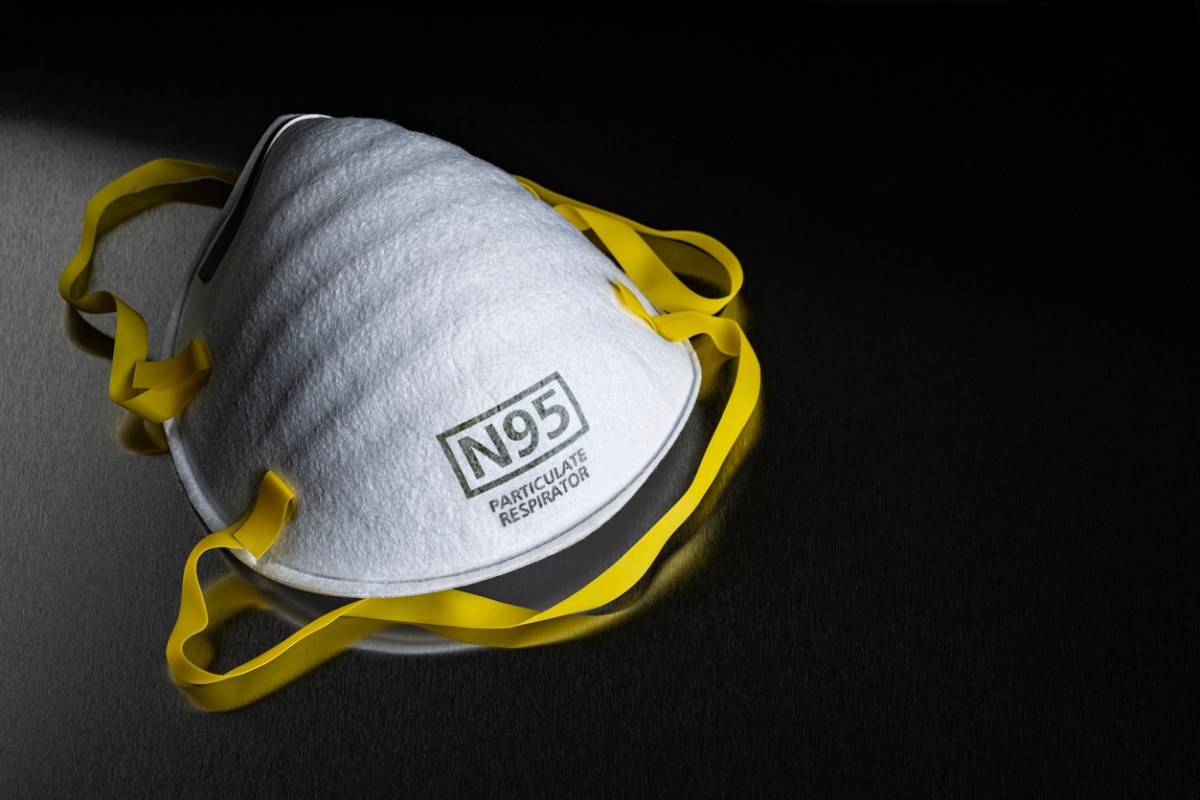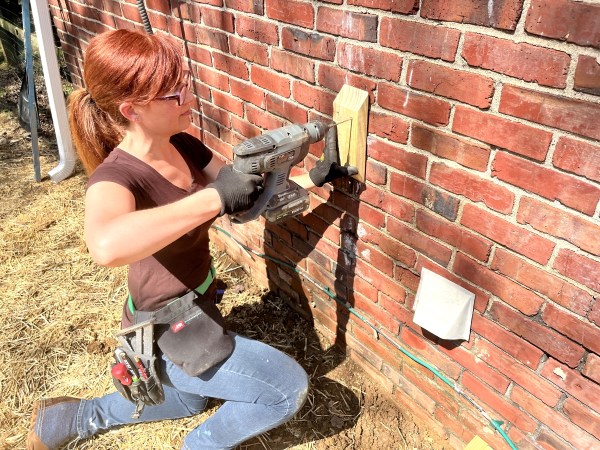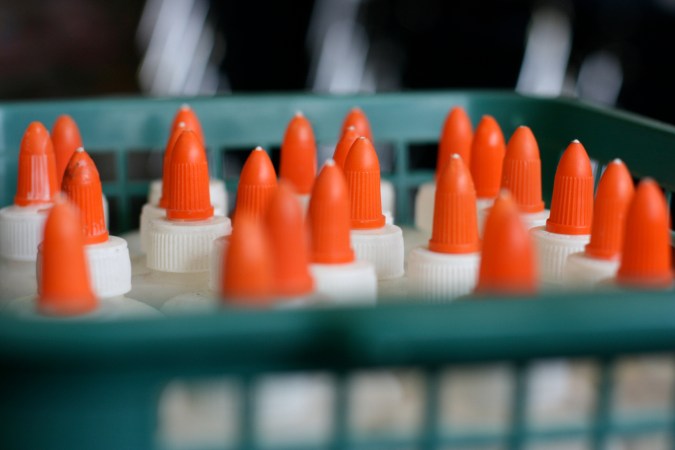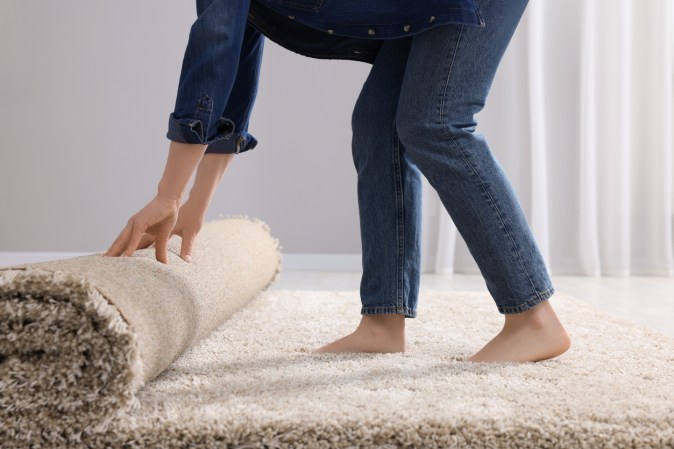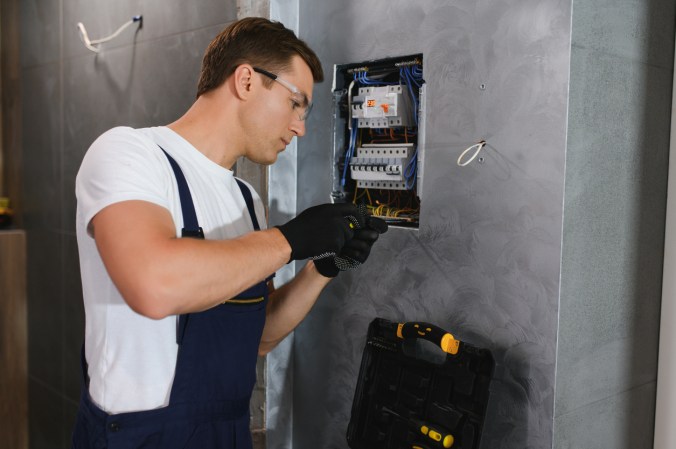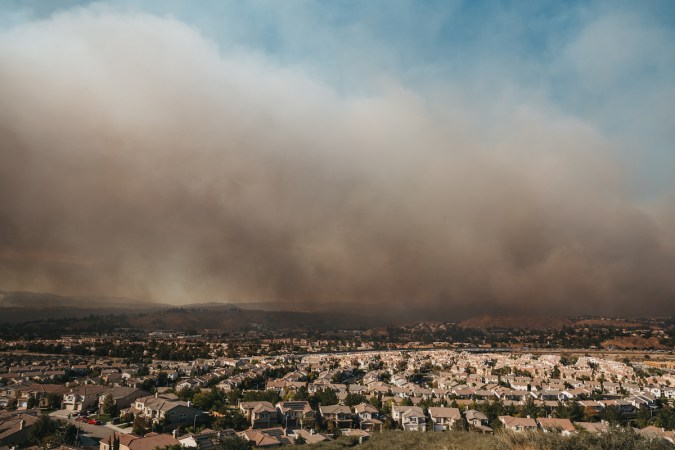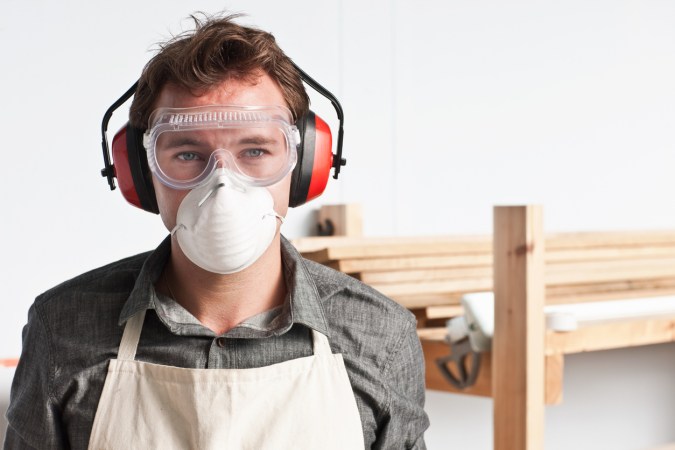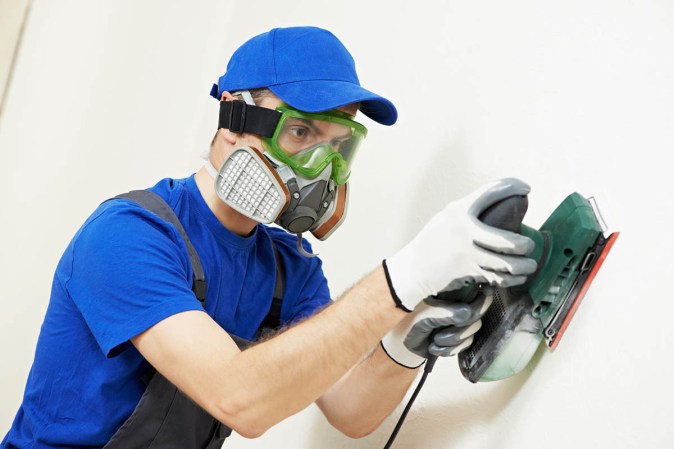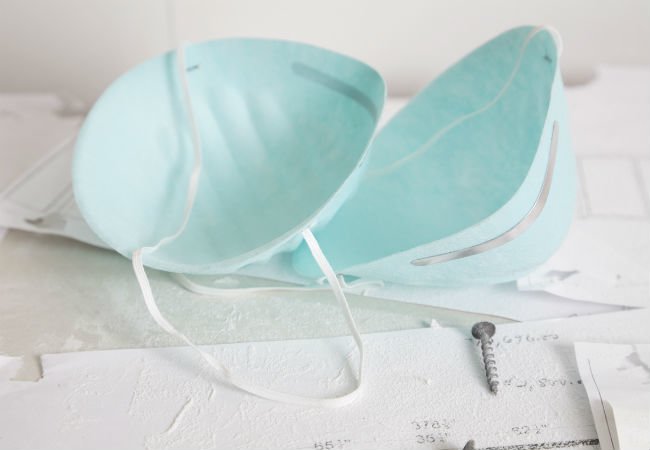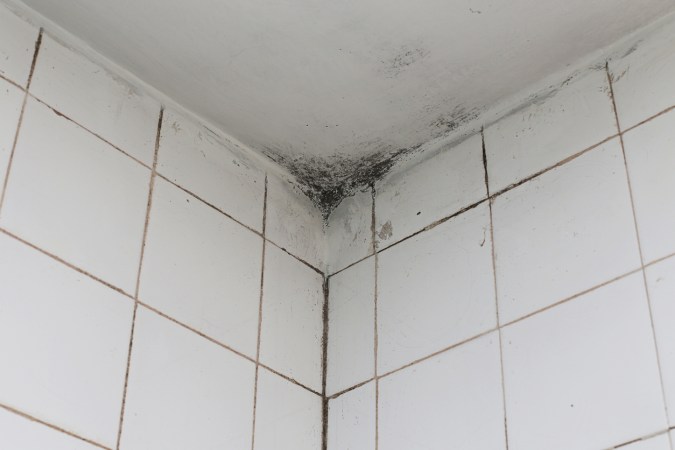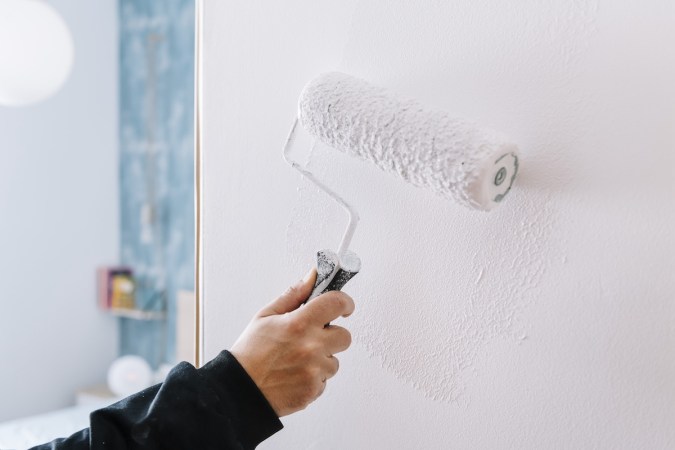We may earn revenue from the products available on this page and participate in affiliate programs. Learn More ›
Filtering face-piece respirators like N95 masks are often a standard piece of personal protective equipment (PPE) in workplaces where people are exposed to dust and other airborne hazards. But PPE isn’t just for the workplace. Home maintenance and DIY work can also expose you to particles in the air that can harm your health.
“Whether you’re a trained construction worker or a DIY enthusiast, you could be putting yourself at risk for serious respiratory diseases if you don’t use appropriate protection,” states Dr. Chaitanya Mandapakala, Medical Director of Chronic Lung Diseases at St. Elizabeth Healthcare.
Long-term exposure to airborne particles has been linked to respiratory diseases, infections, and cancer. While exposure to airborne hazards during home projects is generally much lower than that of a worker who spends every day in dust-filled environments, DIYers also need to protect their respiratory systems by wearing an appropriate respirator for the work they’re doing.
What Are N95 Masks?
N95 masks are air-purifying respirators designed to filter out 95% of particulates with a diameter of 0.3μm or larger. “Particulates are basically any small particles present in the air naturally, such as pollen, mold, bacteria, or wind-blown dust, or those generated during work processes, such as grinding, sanding, cutting, welding, crushing, cutting, sweeping, dusting, spraying, or burning,” explains Curtis Chambers, Board-Certified Safety Professional (CSP) and president of OSHA Training Services Inc.
N95 masks are certified by the National Institute for Occupational Safety and Health (NIOSH), the science and research arm of the Occupational Safety and Health Administration (OSHA). These masks were the gold standard of respiratory protection during the COVID-19 pandemic due to their effectiveness at filtering out tiny aerosolized droplets.
If you still have a stack of N-95s at home, they can go to good use by protecting you from harmful particulates during DIY work. “A clean, well-fitting N95 respirator will generally offer adequate protection against most airborne particulate exposures in a home project type environment,” states Chambers.
When Not to Use an N95 Mask
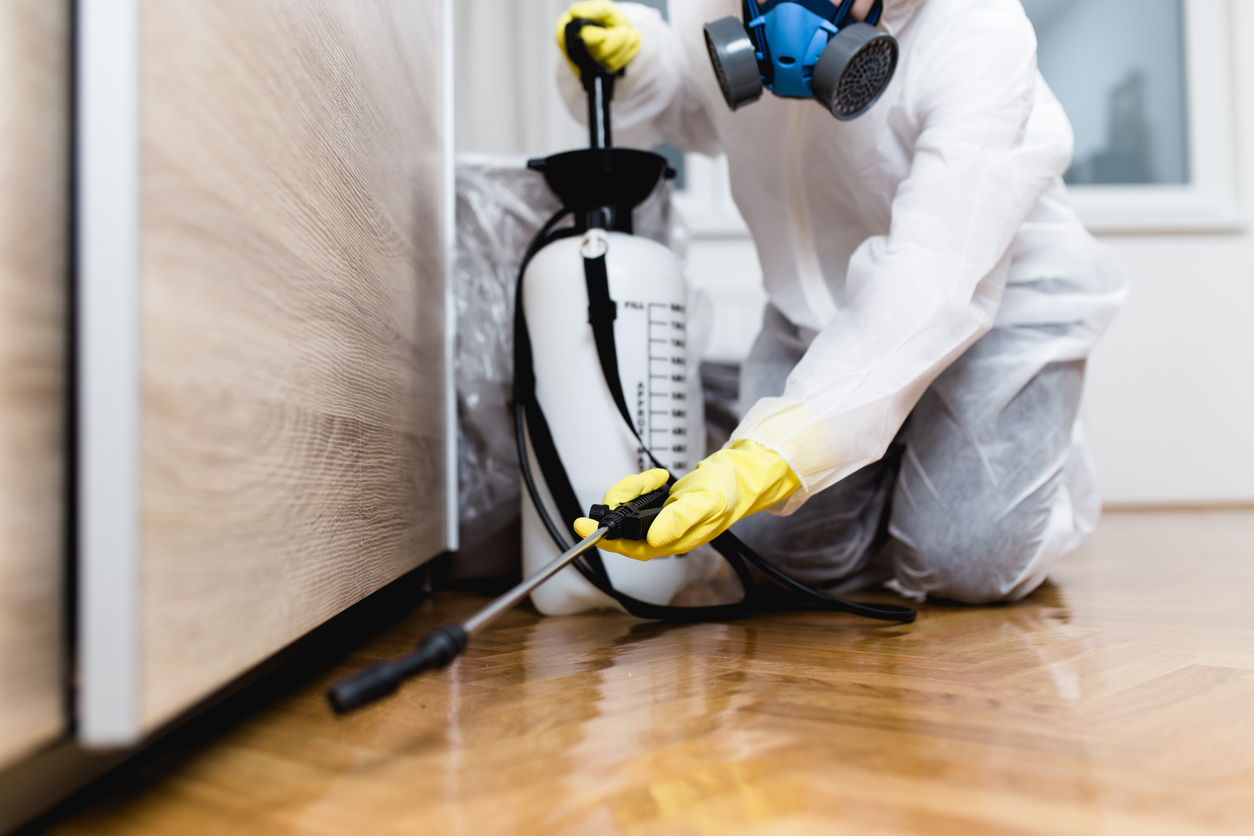
Before you throw on an old N95 mask from your stash and start stripping the paint off your old furniture, you need to know what an N95 mask can’t protect you from.
“It is very important to recognize that N95 masks are not intended to offer protection against every type of atmospheric hazard,” states Chambers.
- Oil particles: The “N” in N95 stands for “Not resistant to oil,” meaning that these masks will not filter out oil-based particles, such as those created by spraying pesticides or oil-based paint.
- Ultra-small particulates: N95 masks cannot adequately filter particulates smaller than 0.3μm, such as metal or plastic fume.
- Gases and vapors: N95s also do not provide any protection against gases, such as methane or carbon monoxide, or vapors, such as chemical fumes from solvents or paint.
- Low-oxygen environments: N95s do not offer any protection in oxygen-deficient environments such as confined spaces, as they do not provide any oxygen to the wearer other than that in the surrounding air.
- High-particulate environments: N95 masks will only offer protection from airborne particulates up to a point—they are not meant to be used for long periods of time in occupational settings that have extremely high levels of dust and other particulate.
How to Use an N95 Mask
A respirator mask will only protect you if it fits properly and forms a tight seal on your face. Some N95 respirators are available in different sizes, so be sure to select the right size for your face. If you have facial hair, such as a beard or sideburns, your mask will not be able to create a seal, and you will inhale particulates through the gaps between the mask and your skin.
When wearing your mask, make sure the straps are tight and the metal nosepiece fits snugly around your nose, with no gaps around your nose or cheeks. Always keep your nose inside the mask.
Furthermore, Chambers states, “N95 masks are disposable, meaning you should dispose of them when they become hard to breathe through, or if they get dirty, wet, or worn out. And do not try to wash them out and hang them to dry. Once they have done their job, throw them away.”
Below, we’ll discuss 9 DIY tasks that put you at risk of inhaling particulates that can harm your health over time with repeated exposure. Keep yourself safe during these activities by wearing an N95 respirator.
1. Cutting Stone
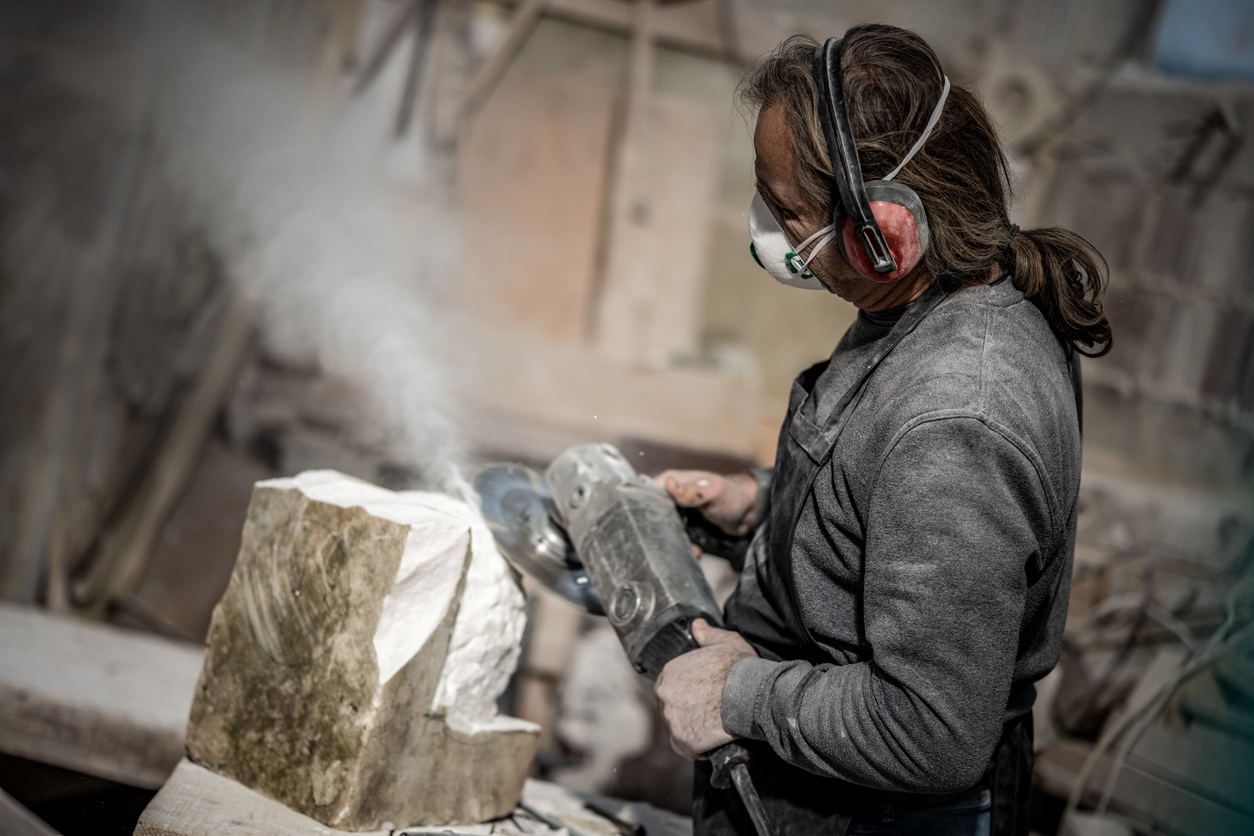
Stone, brick, tile, and other masonry materials contain crystalline silica, a common mineral found in many construction materials. Cutting, chipping, drilling, and grinding these materials casts silica dust into the air. These tiny particles are known as respirable crystalline silica. When you inhale silica dust, its particles can travel deep into your lungs, causing nodules and scar tissue to develop over time and resulting in silicosis, a serious and sometimes fatal lung disease. “Silicosis is associated with an increased risk of mycobacterial infection, chronic necrotizing aspergillosis, lung cancer, rheumatic disorder, kidney disease, chronic airflow obstruction, and chronic bronchitis,” states Dr. Mandapakala. NIOSH recommends wearing a respirator with a rating of N95 or better when exposed to silica dust.
2. Mixing Cement
Cement, the main component of concrete, also contains crystalline silica, making it an inhalation hazard in its dry form. You are most likely to be exposed to cement dust when mixing it or when emptying a bag of dry cement. Short-term exposure to cement dust can cause nose, throat, and upper respiratory system inflammation and difficulty breathing. Long-term exposure can lead to silicosis and other serious respiratory conditions. OSHA stipulates that workers wear a P-, R-, or N95 mask when working with concrete and that they should eat and drink only in dust-free areas to avoid ingesting cement dust.
3. Gardening
Gardening is good for the body and soul, but that doesn’t mean it it’s risk-free. Soil, compost, and potting mix can contain harmful bacteria, fungi, and other microorganisms. One such biological hazard is the bacterium Legionella longbeachae, found in potting mix and compost. L. longbeachae can cause Legionnaires’ disease, a severe form of pneumonia. Researchers have noted that those at higher risk of developing Legionnaires’ disease include smokers and those with chronic lung conditions. Wearing an N95 mask when working with compost or potting mix, along with good handwashing, can help you avoid inhaling or ingesting harmful microorganisms.
4. Woodworking
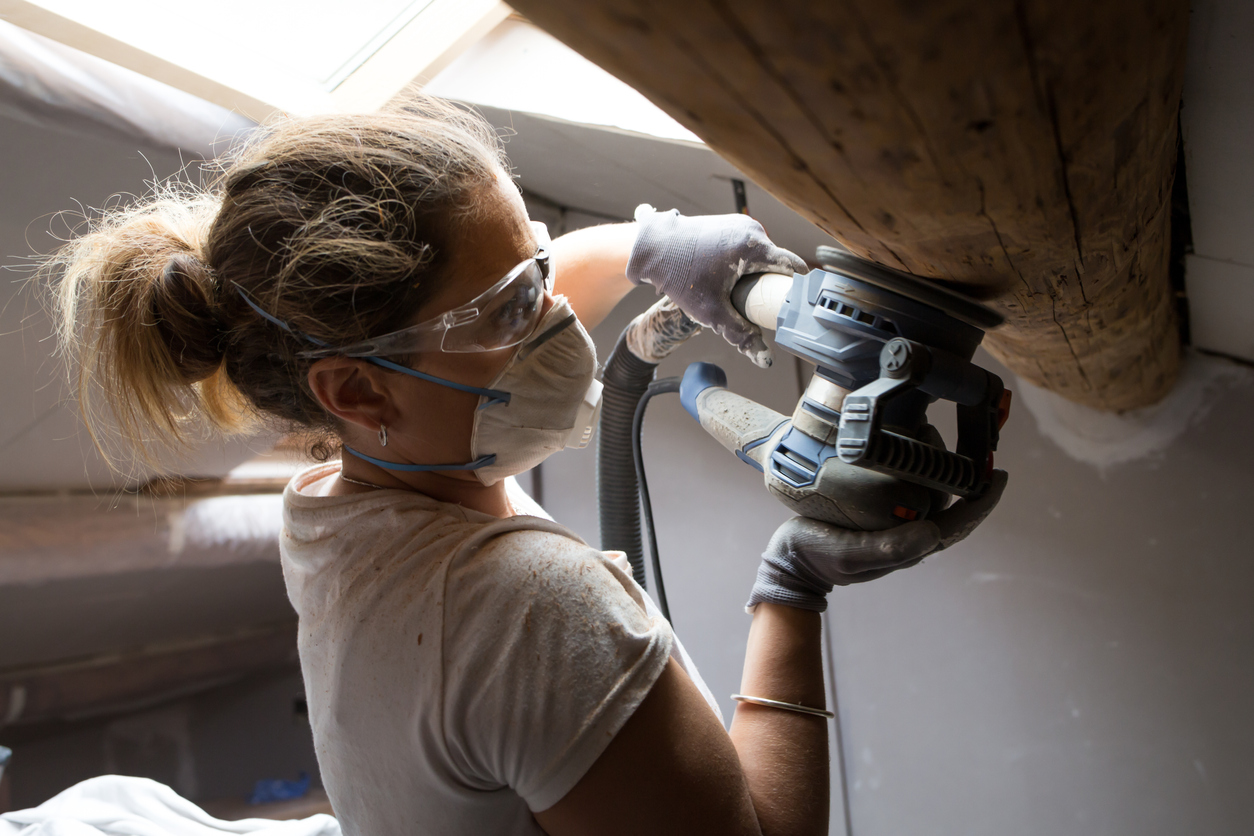
Inhaling wood dust over time has been linked to several symptoms and health conditions, from sneezing and breathing problems to asthma and cancer. Occupational exposure to hardwood dust in particular has been shown to cause cancer of the nasal cavity and paranasal sinuses. Dr. Mandapakala cautions, “Inhaling dust from activities like wood processing or wood sanding…can lead one to get asthma, COPD, and lung inflammation leading to interstitial lung disease and fibrosis and an increased risk for lung cancer.” The National Cancer Institute recommends reducing wood dust exposure in worksites through an exhaust ventilation system and by having workers wear respirator masks.
5. Drywall Sanding
Drywall sanding is a messy job, and it can also be a hazardous one. Drywall sheets and joint compound contain elements such as talc, gypsum, and silica, which become aerosolized through sanding or when the sheets are broken or disturbed. Breathing in drywall dust over time can cause throat and airway irritation, coughing, and breathing problems. Older drywall compound may also contain asbestos, so be sure to wear an N95 mask both when sanding new drywall and removing old drywall.
6. Insulation Work
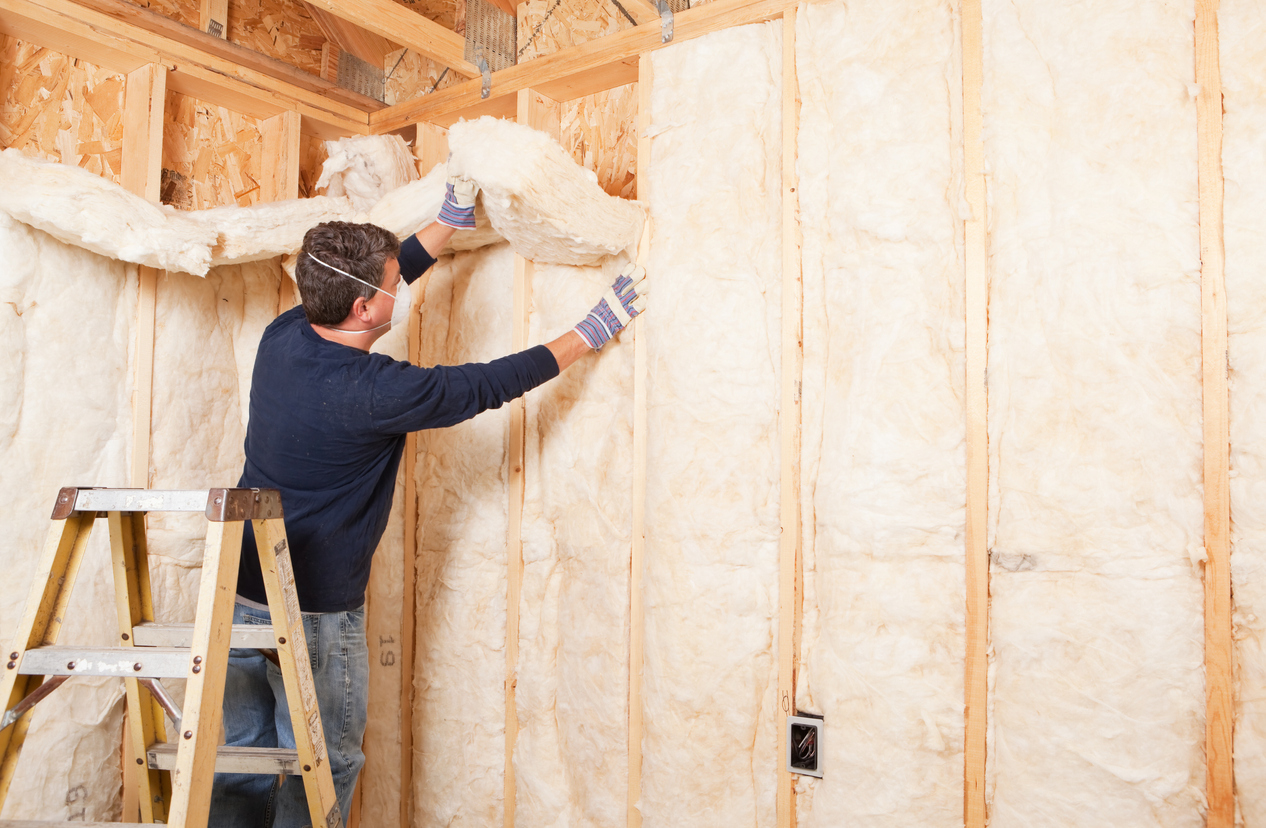
Blanket batts and rolls—the most prevalent type of household insulation—are commonly made from fiberglass. As indicated by its name, fiberglass is a synthetic fiber made of tiny particles of glass. These particles can irritate the skin and damage the respiratory system when they get lodged in the upper airway or inhaled deep into the lungs. Inhalation of fiberglass particles can result in irritation of the nose and throat and aggravation of existing asthma or other respiratory conditions.
The Insulation Contractors Association of America (ICAA) recommends cutting blanket insulation with a sharp knife rather than tearing or ripping it. ICAA also stipulates that workers installing or removing blanket insulation should wear a filtering facepiece respirator of N95 or greater.
7. Cleaning Animal Droppings
Animal droppings are a biological hazard because they harbor an array of pathogens harmful to humans. For example, raccoon latrines can be a source of Baylisacaris procyonis, a type of roundworm harmful to humans. Bird droppings can house Cyptococcus neoformans, a fungus that can infect humans when inhaled. And people can get infected with histoplasmosis when they breathe Hisoplasma fungal spores from bird and bat droppings. People who have weakened immune systems are particularly susceptible to severe forms of these infections. When cleaning up animal droppings around the home, always wear PPE, including a respirator mask.
8. Burning Yard Waste
Some municipalities allow you to burn brush or yard waste on your property. If burning is your practice to dispose of yard waste, take smoke exposure seriously. Smoke may smell nice, but it contains a varied mixture of gases and fine particles that can cause health problems when inhaled. Smoke inhalation has been shown to aggravate lung and heart conditions and even premature death in those with chronic diseases. If your municipality allows brush or yard waste burning, be sure to do it safely, in an open, well-ventilated area, and if you have a chronic lung or heart condition, wear an N95 respirator for good measure.
9. Mold Clean-Up
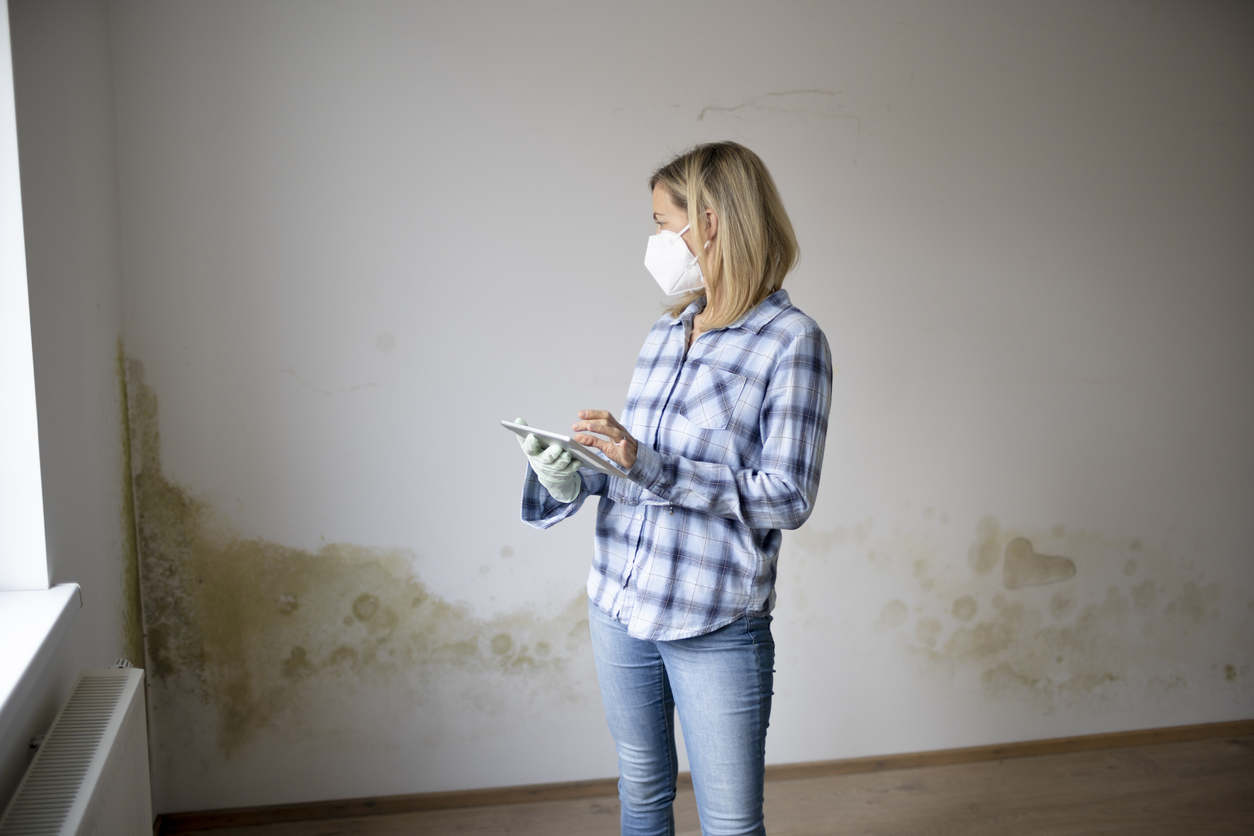
Molds are naturally present all around us and play an essential role in the breakdown of plant and animal matter. However, mold exposure can be harmful. For some people, inhaling mold spores may cause nasal congestion, coughing or wheezing, while those with asthma or mold allergies may have more severe reactions.
“Molds can cause asthma, bronchitis, hypersensitivity pneumonitis or infectious pneumonia, which can even progress to being necrotizing lung disease,” states. Dr. Mandapakala. The Centers for Disease Control and Prevention recommends wearing at minimum an N95 respirator mask when removing moldy items or cleaning up damage after a flood.
Understand the Limitations of Respirator Masks
While respirator masks like N95s can provide you with reliable, time-limited protection from many types of harmful particulates, face masks and other forms of PPE do not provide complete protection from harm. The best way to prevent harm from airborne hazards is to eliminate them at their source or avoid contact with them altogether. But if that’s not possible, keep a stack of N95 respirators in your home and workshop handy to help keep you—and your lungs—safe.
